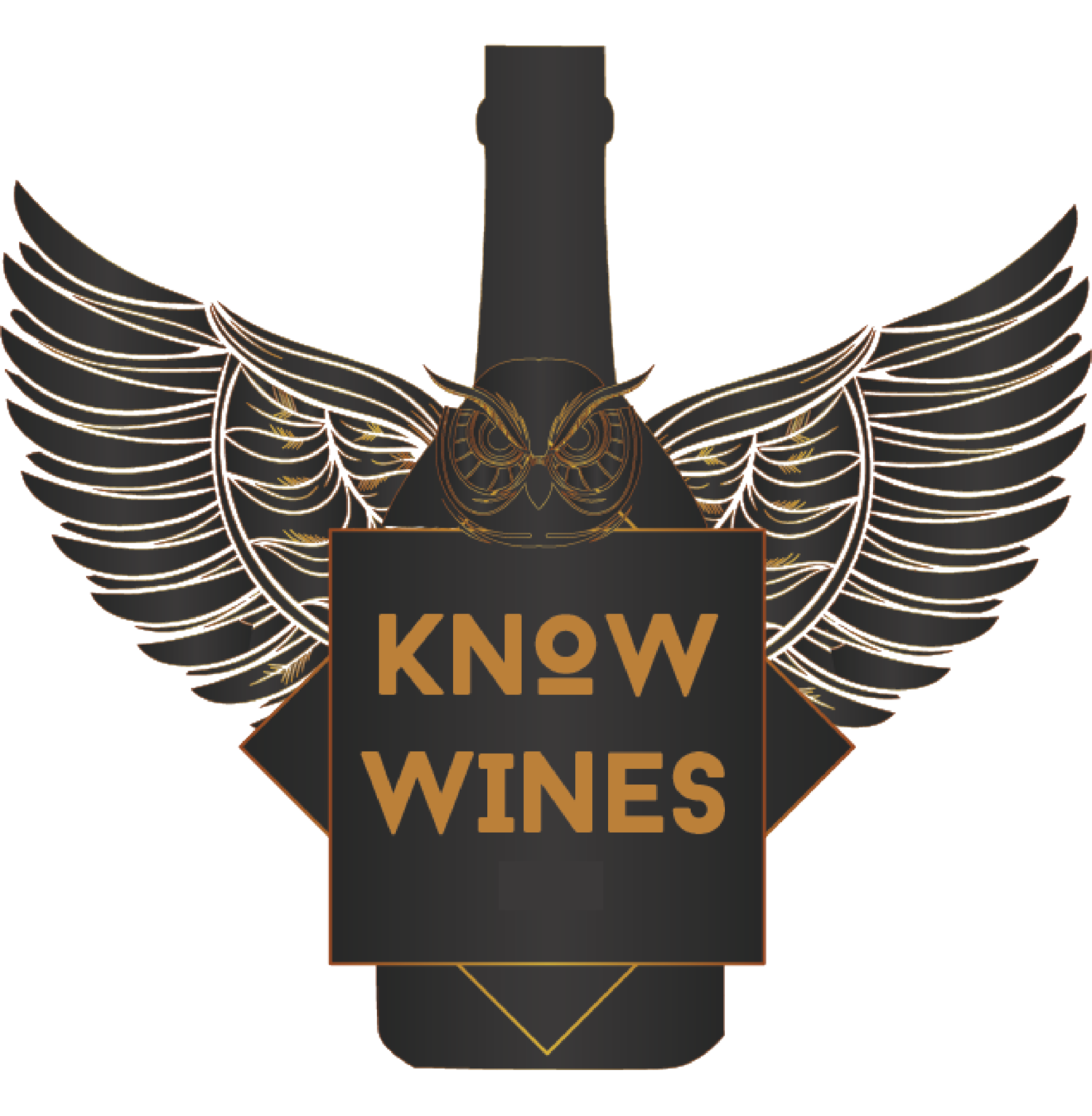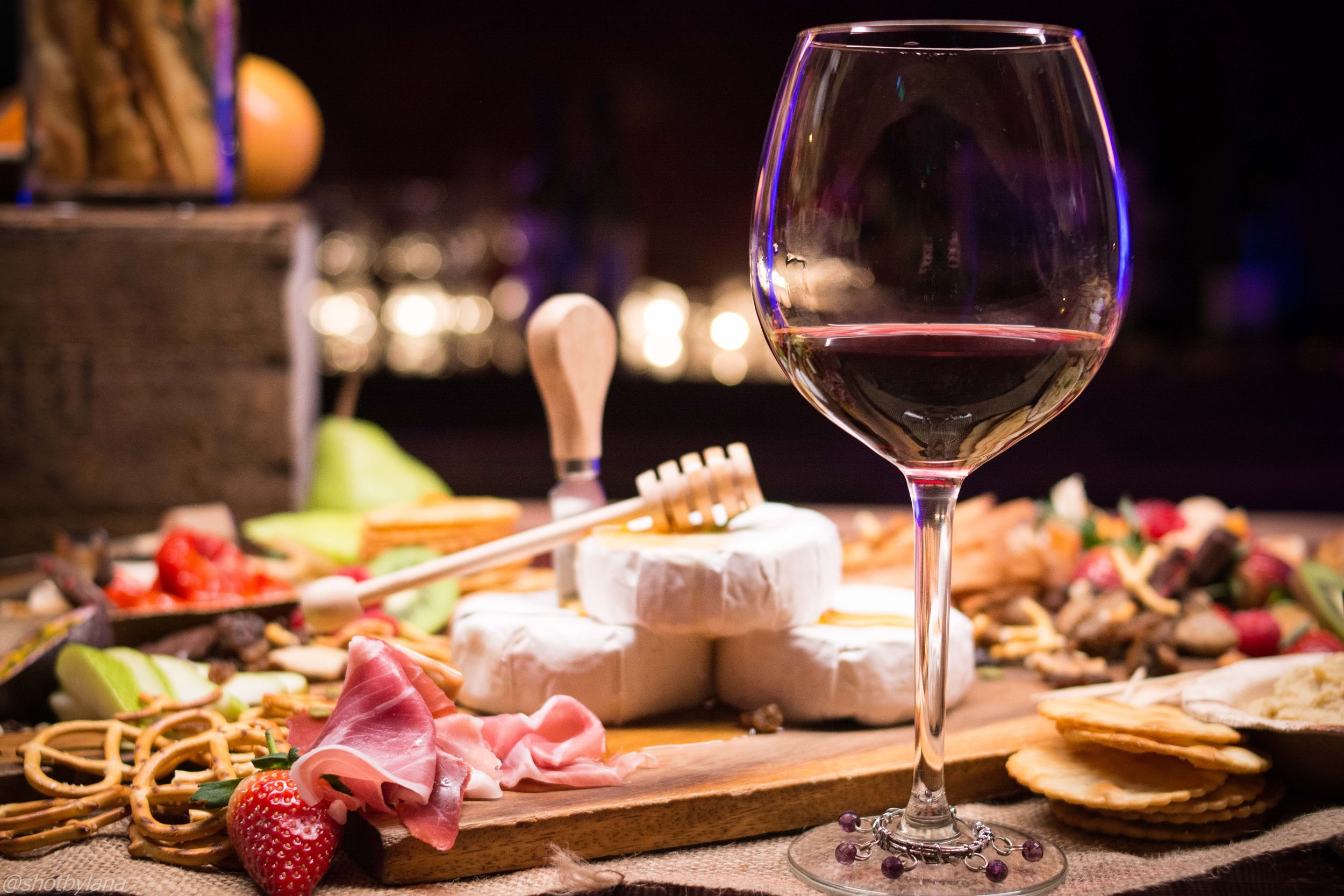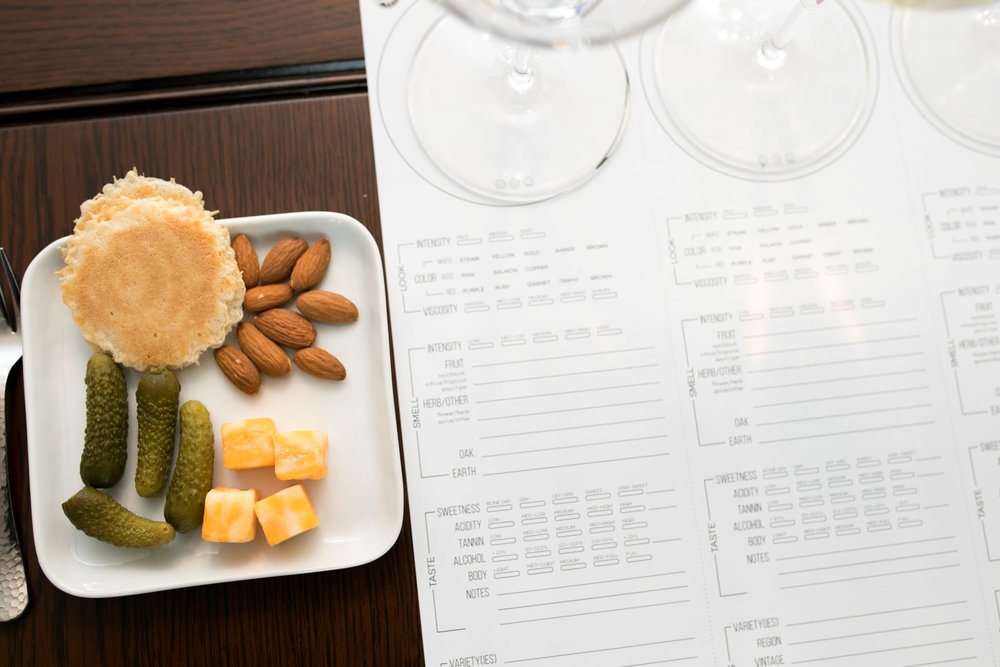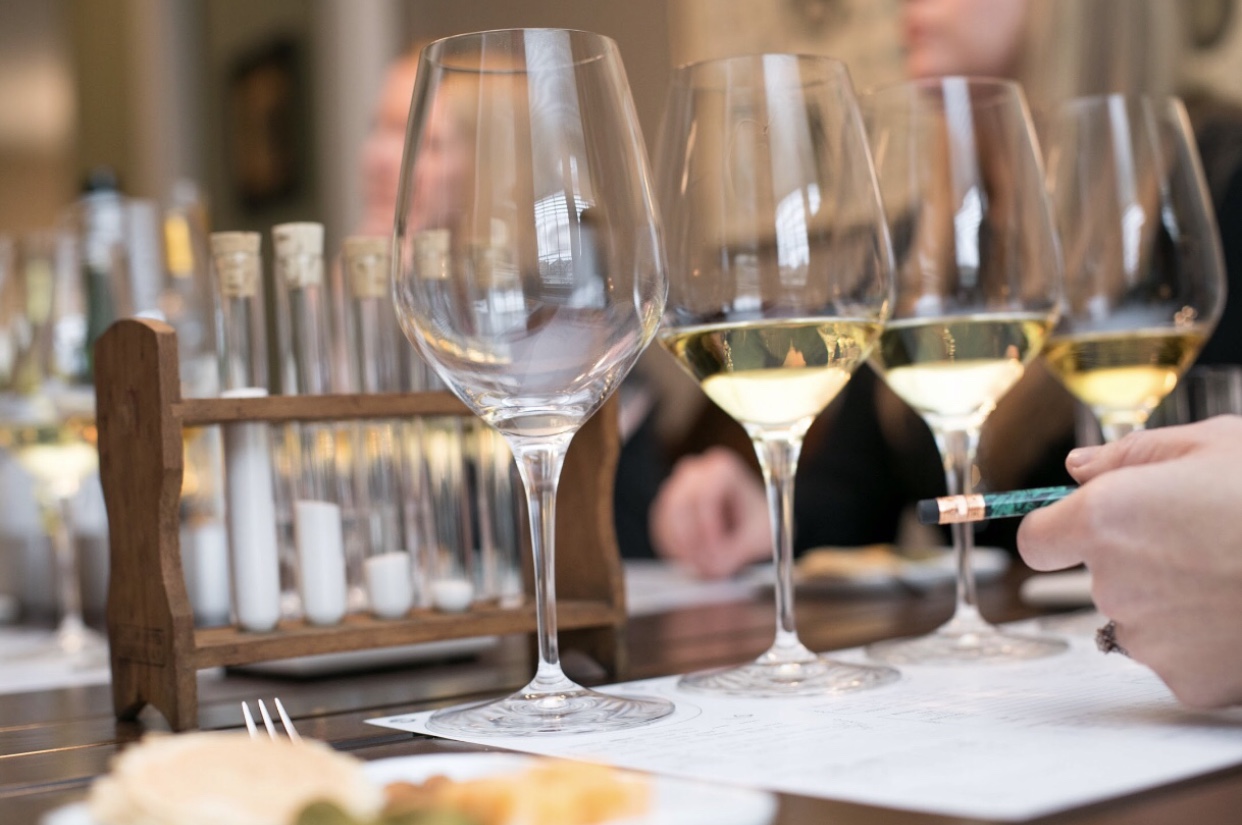Learning about wine can be as enjoyable as drinking it. This is what the KnowWines founder, Jolene, discovered once she decided to stop skirting the edges of the wine world and dive right in. Unfortunately, learning about wine can sometimes be intimidating, too, because there’s just so much to know. The key is to start where your interests lie. Love sweet white wines? Find out what makes them sweet. Learn where and how those grapes grow and how they maintain their sweetness in the winemaking process. Love earthy, dark reds? Start trying Cabernet Sauvignons from different regions and compare their aromas and textures. We believe that learning about wine is a personal, organic process, and that it can be fun, too. Even better, the more you learn about wine, the more you’ll enjoy it, because you’ll be able to find just the right wines for your palate.
In the spirit of a relaxed and lighthearted wine education, we asked our social media followers for their most pressing wine questions. Here’s what they asked, along with our answers:
What is the difference between Syrah and Shiraz?
Syrah and Shiraz are actually the same grape variety (confusing, right?). The grape variety Syrah is commonly grown in the Rhône Valley of France (Old World), as well as in Australia, Washington State, and South Africa (New World). When Syrah was brought to Australia from France, the Aussies simply called it Shiraz.
What is rosé wine, exactly?
It depends! Since the insides of most red grapes are clear, winemakers get some that red pigment into the juice through a process called maceration. There are four approaches to making Rosé. Each of these approaches yields wines with varying levels of pink color due to the amount of time the red grape skins are in contact with the normally clear juice.
In direct pressing, red grapes are crushed and pressed just like white grapes are when making white wines, but not too much — just enough to extract some red color from the dark skins.
In the drawing off method, red grapes are crushed and once fermentation starts, juice is “drawn off” for up to 48 hours of fermentation. These wines typically have deeper color than the direct pressing method.
The saignee (or, bleeding) method is like drawing off, but the remaining red wine is made into a more concentrated wine and the rosé is essentially a byproduct of the normal red wine making process.
The final method is blending, when red wine is added to white wine. This is only permitted in the EU for rosé Champagne. In New World regions, blending of red and white wines to make rose can be allowed.
None of the methods for making rosé indicate more or less quality. If you are new to rosé and would like to try one as an aperitif, I’d recommend starting with Provence. If you’d like to pair rosé with your meal, try some of the darker rosé from Southwest France, which tend to be a little more savory and have more tannins. As you learn what you like, try exploring rosé from different regions of the world.
How do I find a great Grüner Veltliner ?
Great question! We love a refreshing Grüner Veltliner on a hot summer day. This grape is believed to be native to Austria, and it makes up about 30% of Austria’s wine production. Depending on the region where the Grüner Veltliner grows and the style of winemaking, it can have a variety of flavors. Wines from Grüner Wachau, Kremstal, Kampala, and Traisental are commonly imported to the US. They can be quite complex, as the grapes get really ripe and thus typically have more fruit flavor than the same grape grown in more northerly regions. Winemakers age these wines in large oak casks. As they age, they develop their sought-after toasty, honey flavors. The Grüner Veltliner from these regions can also be quite pricey. For a fresher, acidic style of Grüner not aged in oak, look for Weinviertel on the label, as it is typically a little less expensive than the other regions.
What’s the best red wine for people who prefer white wine?
A preference for white wines could indicate a dislike for several things associated with red wines: tannins (which some people perceive as too bitter or astringent), the mouthfeel of red wines, the darker fruit flavors of red wine, or the warmer temperature at which red wine is typically served.
Want to go easy on the tannins? Try a red wine variety that originates from grapes with thinner skins, like Gamay, Pinot Noir, or Barbara.
Don’t like a heavy mouthfeel? A higher alcohol level typically correlates to a heavier mouthfeel. Try looking for wines with a lower alcohol percentage (something under 12.5%).
Don’t like dark fruit flavors (like blackberry, plum, and currant)? Pinot Noir, Grenache, and Gamay typically have more red fruit flavor (like cherry, raspberry, jam).
Perhaps you simply like wines served at cooler temperatures? Gamay, Pinot Noir, and Cabernet Franc can be wonderful when slightly chilled.
Which wines pair best with chevre?
It depends on the kind of goat cheese, but let’s start with a basic, plain chevre (not that there’s anything basic about a delicious chevre!). A wonderful pairing for this is a Chenin Blanc. If that’s not available, try Sauvignon Blanc or Vermentino. These grape varieties yield wines with acidity that helps cut through the creaminess of the cheese and have an herbaceous quality that many people feel pairs well with “goaty” cheeses. A goat cheddar, which is harder than the softer chevre, can pair well with Pinot Noir. One of our favorite goat cheeses is Humbolt Fog, which pairs nicely with an inexpensive Prosecco when it is young or Zinfandel when the cheese becomes more mature and “oozy.”
Pros and cons of synthetic corks, screw caps, and traditional cork?
The main purpose of the cork is to protect a wine until it is consumed. Wines will evolve in bottles regardless of the type of closure. However, how they evolve differently between these natural (cork) and synthetic closures is still up for debate. Cork is still the most common closure and is used frequently by premium and luxury wine producers. Many wine consumers enjoy the celebratory experience of opening a bottle with a cork, but there are some advantages to screw caps for wines intended for quick consumption (in less than one year). Wine producers making this style of wine will opt for a closure like screw cap because they keep the fresh, fruity characteristics of the wine longer than natural cork. It’s also important to note that natural corks are 100% recyclable and renewable, as they come from trees that are not damaged during the cork harvest.
How do I select the best wine based on a client or friend’s taste?
There is always a little trial and error when buying wines, unfortunately. In the case of this wine, there were likely several factors that contributed to a sweet tasting wine. Even really dry red wines have some low level of residual sugar (1.5% to 2%). It’s common for red wine producers at some price points (like $10/bottle) to leave more residual sugar because “consumers talk dry but drink sweet.” A wine high in alcohol can also taste sweet. The wine might be from a very warm vintage, and have strong jammy or fruity flavors which can commonly be mistaken for or described as “sweet.” Last, some of the aromas/flavors of barrel aging or the use of wood chips might taste “sweet” to some people, due to aromas like vanilla and coconut.If your client truly likes dry Merlot and wants a lower price point, stay away from New World wines touting lots of “fruity” and “jammy” references on the label and seek out “Old World” merlot-dominant blend from Bordeaux or Southern France.
Also, the next time you buy, ask the bottle shop staff if they have tried that particular bottle. If not, you might want to pass on it.
What wines are best to drink immediately and which are better for aging?
If you are a consumer in North America, over 90% of wines are made to drink now or in the next one or two years. Odds are that the wines you purchase are ready to enjoy right away. Also, before collecting wines for aging, find out if you like the taste of older wines. It’s as easy as calling your local bottle shop and saying “Hey, I don’t know if I like the taste of older red wines, can you get one for me to try?” No need to age wine if you don’t like the taste of older wine! If you do enjoy older wines, you’ll also want to consider methods for storing them.
Types of wines that should be consumed early are:
Wines with screw caps — meant to drink young.
Most rosé.
Most whites, with some notable exceptions (Chablis, white Burgundy, late harvest Riesling)
Most sparkling wines with some notable exceptions (vintage Champagne)
Types of wines that age well:
Red wines intended for aging, like many Old World wines that balance sweetness, acidity, and tannins.
White wines made for aging, like late harvest or botrytized wines like Spatlese Riesling or Sauternes.
We hope that we were able to answer a few of your pressing wine questions!
Cheers!






